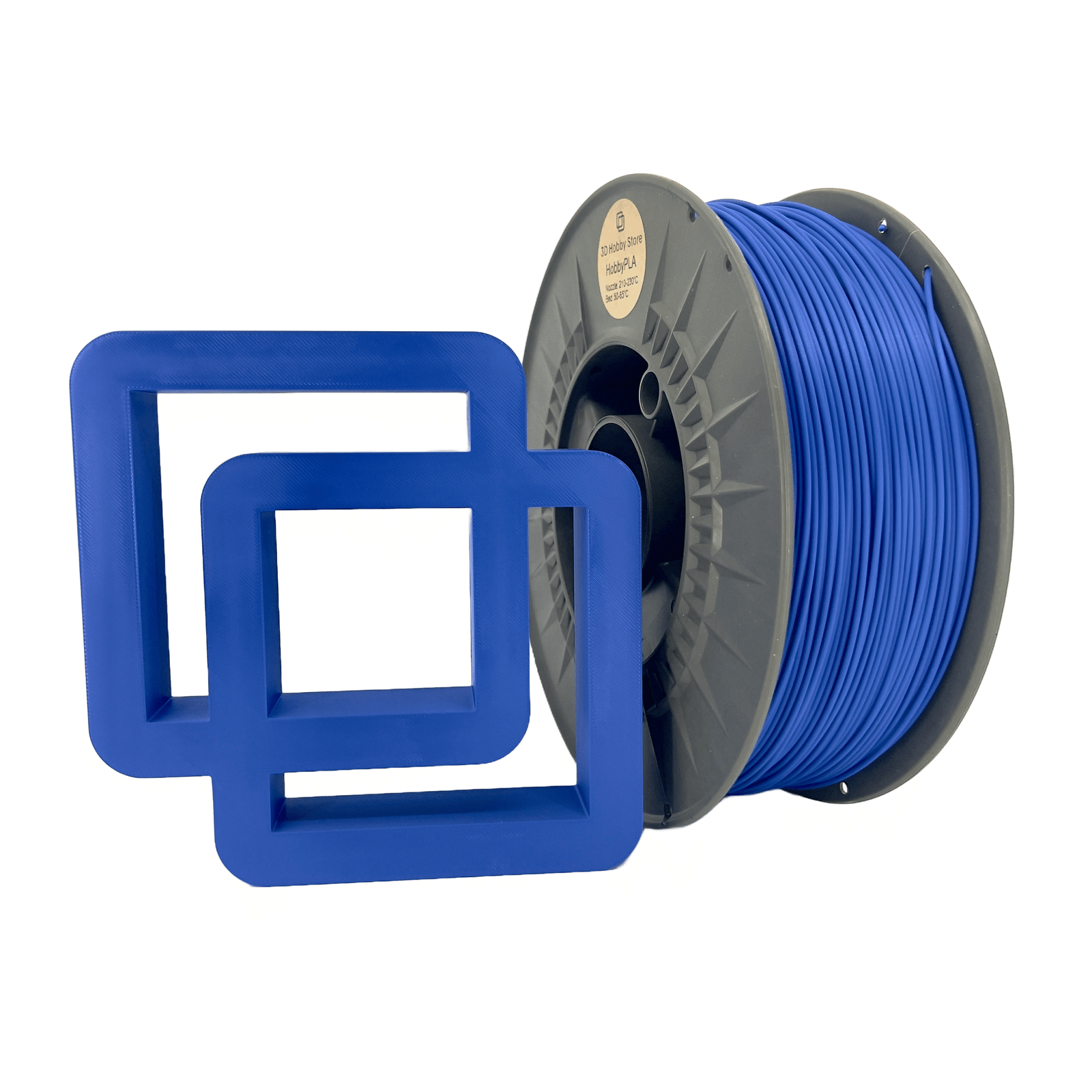Introduction
When comparing PETG vs carbon fiber, every 3D printing enthusiast faces a tough choice. Both materials are popular for their strength, versatility, and print reliability, yet they serve different design goals. PETG provides a perfect balance of flexibility and durability, while carbon fiber-reinforced filaments elevate stiffness and performance. In this article, we’ll break down the key factors of CF vs PETG — from mechanical properties and print settings to real-world use cases — helping you decide which material best fits your next project.
Material Basics & Terminology
What Is PETG?
PETG (Polyethylene Terephthalate Glycol-modified) is a copolyester filament known for toughness, chemical resistance, and ease of printing. It bridges the gap between PLA’s simplicity and ABS’s strength, making it ideal for functional prototypes and end-use parts. When comparing PETG vs carbon fiber, PETG stands out for its flexibility and ability to absorb impacts without cracking.
What Is Carbon Fiber Filament?
Carbon fiber filament, often labeled as CF filament, is a composite made by infusing short carbon fibers into a base polymer such as PLA, PETG, or Nylon. The result is a lightweight yet incredibly rigid material. In CF vs PETG, this structural reinforcement gives carbon fiber filament the edge in stiffness and dimensional stability, especially under load.
Understanding the Difference
Unlike pure carbon fiber sheets, 3D printing filaments contain chopped fibers mixed with thermoplastics. This makes carbon fiber filament more accessible and printer-friendly while still retaining the rigidity carbon fibers are known for.
Mechanical Properties & Strength Comparison
Tensile Strength and Stiffness
When it comes to PETG vs carbon fiber, tensile strength plays a huge role. Standard PETG offers impressive toughness, but carbon fiber composites significantly increase stiffness and reduce part flex. That rigidity comes from the carbon fibers resisting deformation, making CF ideal for mechanical or structural parts.
Impact Resistance and Brittleness
PETG absorbs impact energy better, maintaining flexibility under stress. However, in CF vs PETG, the carbon fiber variant tends to be more brittle. This means PETG is preferable for parts that might bend or face repeated impact, while CF suits applications that require rigidity over ductility.
Thermal Resistance and Dimensional Accuracy
Carbon fiber reinforcement improves heat deflection temperatures, allowing CF filaments to retain shape under higher temperatures. PETG, on the other hand, softens earlier but maintains a smoother surface finish — an important consideration when aesthetics matter.
Print Settings & Process Considerations
Extrusion and Bed Temperature
For PETG vs carbon fiber, the temperature difference is minor but significant. PETG typically prints at 230–250°C, while carbon fiber-filled versions may require slightly higher settings depending on the base polymer. Both benefit from a heated bed around 70–90°C.
Nozzle and Hardware Requirements
Carbon fiber filaments are abrasive. If your printer uses a brass nozzle, it will wear quickly. Hardened steel or ruby-tipped nozzles are mandatory when printing CF. In the CF vs PETG comparison, PETG is less demanding on equipment, offering longer nozzle life and less maintenance.
Print Speed, Adhesion, and Cooling
PETG prefers moderate speeds and controlled cooling to prevent stringing. Carbon fiber composites, due to their rigidity, can print slightly faster but need careful bed adhesion management to prevent layer separation. Printing both requires enclosed chambers for optimal results when handling large or high-precision parts.
Use Cases & Application Scenarios
When PETG Excels
For PETG vs carbon fiber, choose PETG when you need flexibility, affordability, and reliability. It’s ideal for protective casings, brackets, and outdoor enclosures. PETG’s chemical resistance also makes it suitable for fluid containers or automotive parts exposed to oil or grease.
When Carbon Fiber Shines
Carbon fiber filament dominates in performance-oriented contexts: drone frames, mechanical tools, jigs, fixtures, or parts under heavy static loads. Its lightweight stiffness ensures precision without adding bulk. In CF vs PETG, carbon fiber wins whenever weight-to-strength ratio matters most.
Limitations to Keep in Mind
PETG can deform under prolonged stress, while CF filaments can crack under sudden impacts. Choosing between PETG vs carbon fiber depends on whether your design prioritizes flexibility or stiffness.
Choosing the Right Material: Decision Criteria
Load and Environmental Factors
If your design endures bending, vibration, or impact, PETG offers better durability. For rigid, high-load applications or parts exposed to heat, carbon fiber is superior. CF vs PETG also differs in UV stability—carbon fiber-reinforced materials generally resist sun exposure better.
Print Complexity and Cost
PETG is easier to print, making it great for hobbyists or small-scale prototyping. Carbon fiber filaments cost more and require upgraded printer components but deliver professional-level mechanical performance.
Printer Capability
Before starting a PETG vs carbon fiber project, ensure your 3D printer supports abrasive filaments, has an all-metal hotend, and maintains consistent extrusion temperatures.
Practical Tips & Best Practices
Safety & Equipment Maintenance
Carbon fiber filaments produce fine dust when sanded, so always wear protective gear. Keep printer interiors clean to avoid nozzle clogging. PETG, meanwhile, demands clean beds to reduce stringing.
Hybrid Strategies
For best results, many professionals print prototypes in PETG first, then move to carbon fiber for the final product. This hybrid approach optimizes both testing and performance within the CF vs PETG comparison.
Troubleshooting
Stringing in PETG can be reduced with retraction tuning. For carbon fiber, watch for under-extrusion due to fiber buildup. Adjust flow rates and nozzle temperature for smooth results.
Conclusion & Recommendation
The PETG vs carbon fiber debate doesn’t have a one-size-fits-all answer. PETG offers flexibility, smooth prints, and affordability—perfect for durable, functional prototypes. Carbon fiber filaments, on the other hand, bring elite strength, rigidity, and precision to demanding mechanical applications. In essence, CF vs PETG boils down to your project’s needs: choose PETG for versatility and resilience, or carbon fiber for structural performance and professional-grade parts.
Whether you’re printing drone components or industrial fixtures, both materials serve as powerful tools in your 3D printing arsenal. Understanding their strengths ensures every print achieves the perfect balance between durability and innovation.

